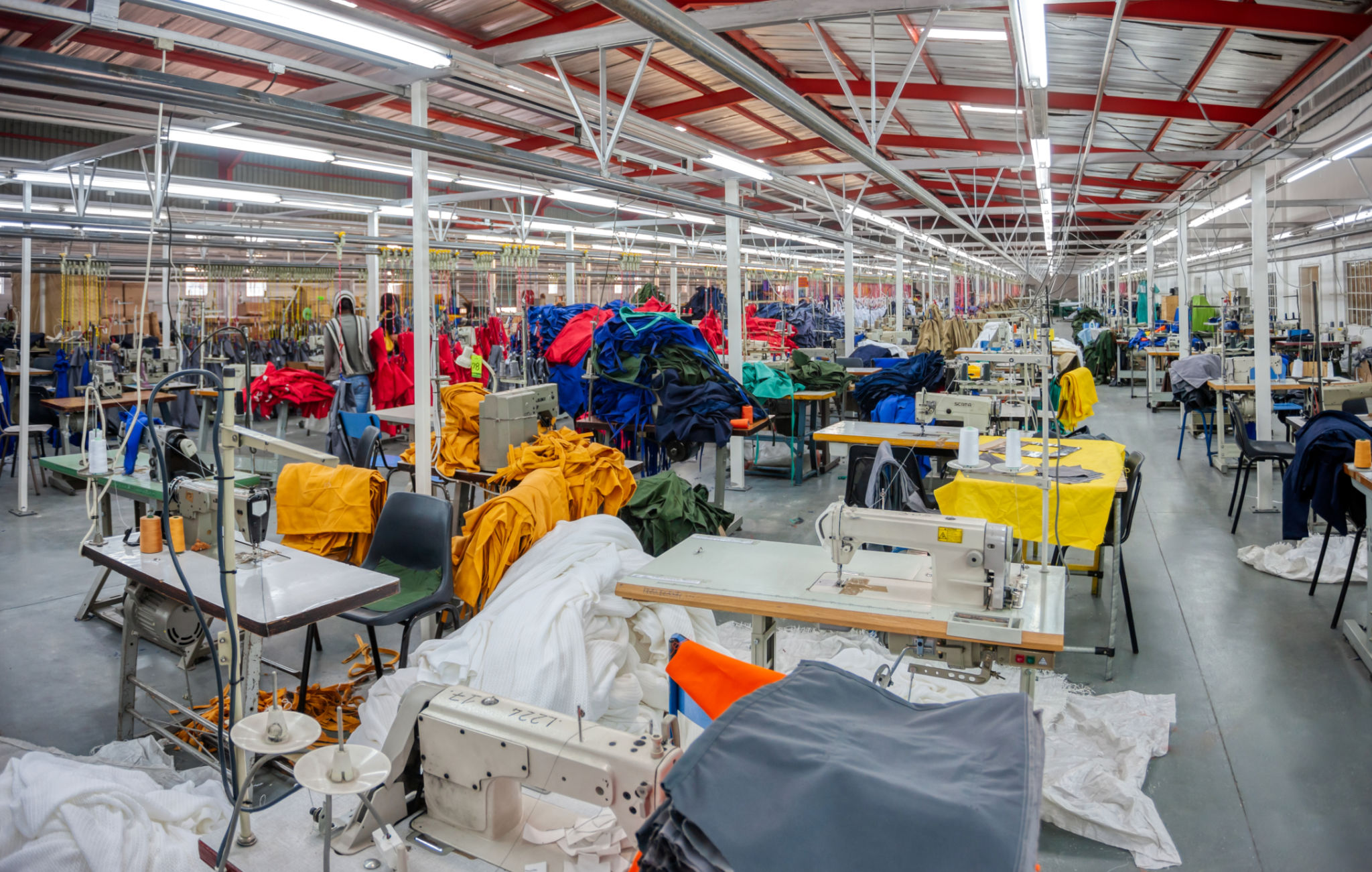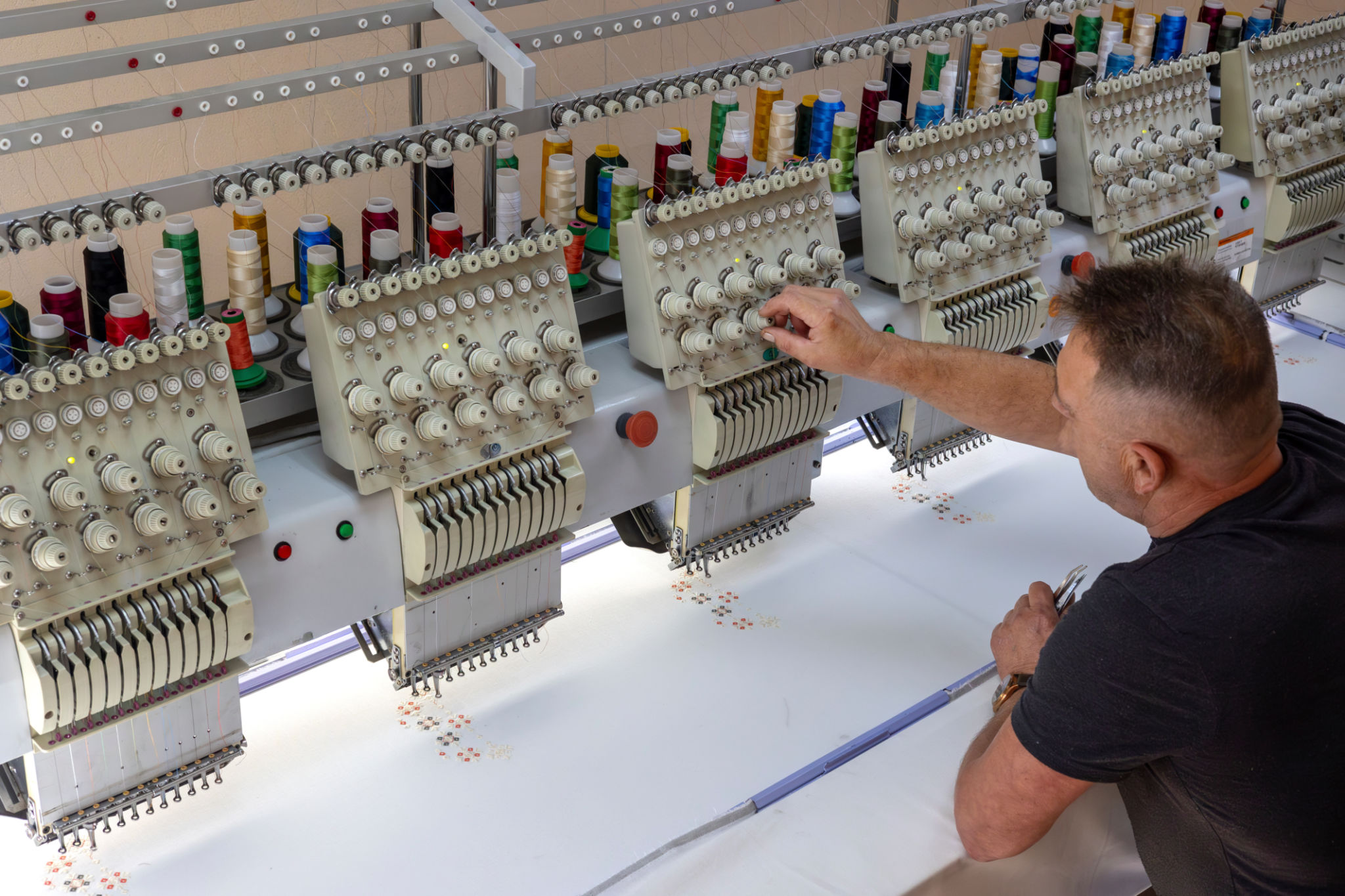Common Misconceptions About Garment Machinery Debunked
Understanding Garment Machinery
Garment machinery plays a crucial role in the textile industry, yet there are many misconceptions surrounding it. These misunderstandings can lead to inefficient practices and missed opportunities for innovation. In this article, we'll debunk some common myths about garment machinery to provide a clearer understanding of its capabilities and benefits.

Myth 1: Garment Machinery is Only for Large-Scale Production
A prevalent misconception is that garment machinery is exclusively for large-scale manufacturers. While it's true that large companies use these machines for mass production, they are also incredibly beneficial for small and medium-sized enterprises (SMEs). Modern machinery is designed to be flexible and scalable, allowing businesses of all sizes to improve efficiency and quality.
Moreover, innovations in technology have led to the development of compact, versatile machines that are perfect for smaller production runs. These machines can help smaller businesses compete by enhancing productivity without requiring extensive investments.
Myth 2: Operating Garment Machinery Requires Extensive Technical Knowledge
Another common myth is that operating garment machinery demands an extensive technical background. While some training is necessary to operate these machines efficiently, they are designed with user-friendly interfaces and automated features. This makes it easier for operators to learn and manage the equipment effectively.

Many modern machines come equipped with intuitive control panels and built-in tutorials that guide users through various functions. As a result, investing in training programs can quickly bridge any knowledge gaps, allowing businesses to maximize the potential of their machinery.
Myth 3: Garment Machinery is Expensive to Maintain
The perception that garment machinery is costly to maintain often deters businesses from investing in it. However, advancements in technology have led to the creation of durable and reliable machines that require minimal maintenance. Regular upkeep, such as cleaning and routine checks, can prevent significant issues, reducing overall maintenance costs.
Additionally, many manufacturers offer comprehensive service packages and warranties that cover parts and repairs, making it more affordable for businesses to maintain their machinery without incurring excessive expenses.
Myth 4: Automation in Garment Machinery Leads to Job Losses
The fear of automation causing job losses is a significant concern. However, automation in garment machinery does not necessarily equate to fewer jobs. Instead, it transforms the nature of work by taking over repetitive tasks and allowing workers to focus on more complex and creative aspects of production.

Automation can lead to higher productivity levels and quality improvements, which can increase demand and create more jobs in other areas such as design, marketing, and machine operation. It's about creating a balance where technology and human skills complement each other.
Embracing the Future of Garment Machinery
As the garment industry continues to evolve, staying informed about the capabilities and benefits of modern machinery is crucial. By dispelling these common myths, businesses can make informed decisions that enhance their operations and drive growth.
The key is to view garment machinery not as a challenge but as an opportunity to innovate and improve efficiency across all levels of production. Embracing these advancements can lead to a more competitive edge in the fast-paced world of fashion and textiles.
